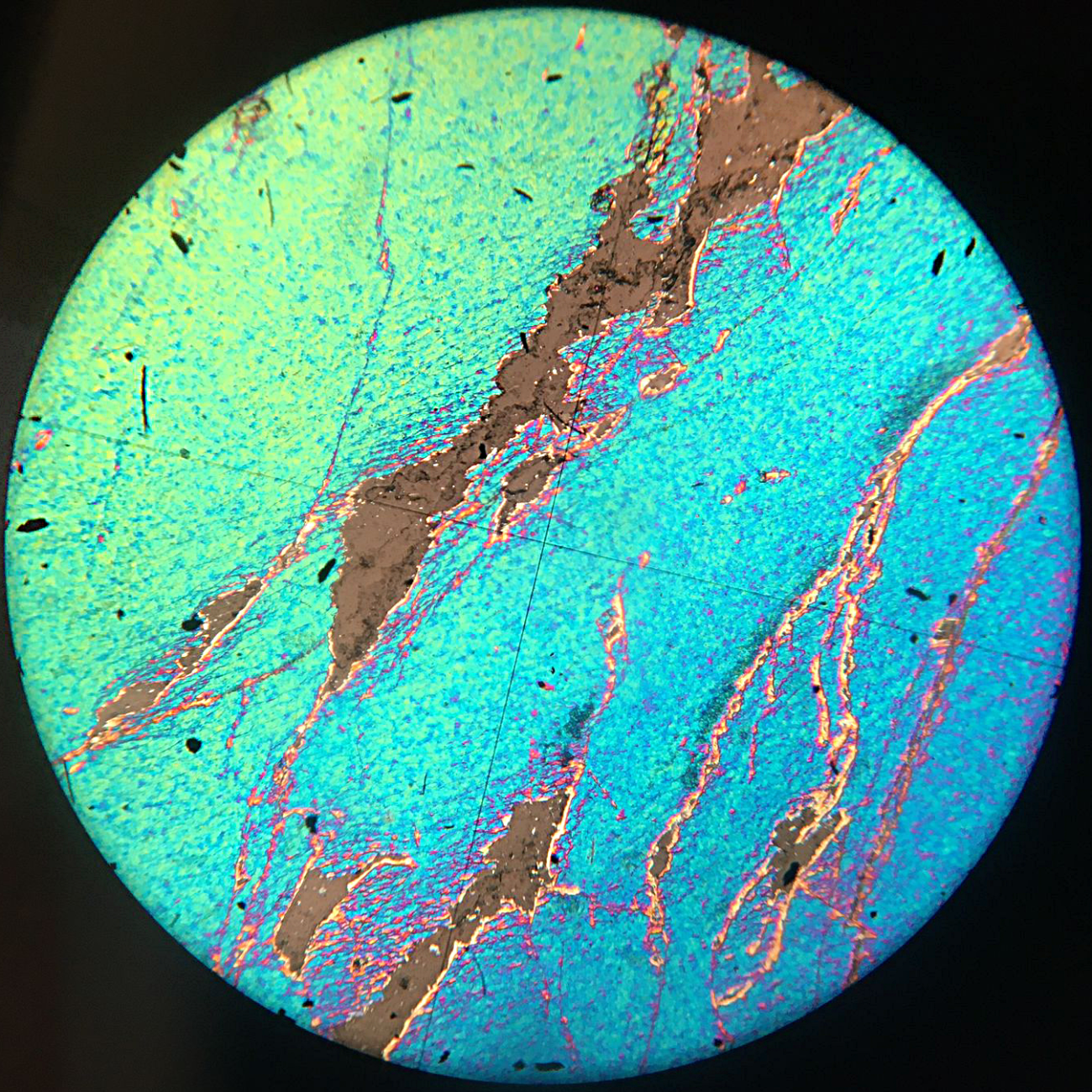- “Bringing The Past, Into the Future”
- +44 (0) 1204 388754

PRODUCTS BY WEIGHT
BOX SETS
PLASTIC DISPLAY PRODUCTS
PRODUCTS BY WEIGHT
BOX SETS
PLASTIC DISPLAY PRODUCTS
Microscope slides of tourmaline from Brazil, these slides display the crystal structure of the mineral on a microscopic level which assists in the identification of this mineral in other slides. Each section is made to 30 microns thickness and the glass is 46 x 27 mm in size, supplied in a protective card sleeve with a label, ideal for microscopy & educational use.
3 in stock
Travertine thin section slide. Travertine is a form of limestone deposited by mineral rich springs, especially hot springs. It is formed by the rapid precipitation of calcium carbonate, often at the margins of a hot spring or in a limestone caves.
6 in stock
Tufa thin section slide. Tufa is a variety of limestone, formed by the precipitation of carbonate minerals from ambient temperature water bodies. This particular material is from the Flandrian epoch of the Quaternary Period and it was collected in Caerwys, North Wales.
5 in stock
Volcanic scoria thin section slide exhibiting the highly vesicular nature of this extrusive volcanic rock. Typically volcanic scoria is basaltic or andesitic in composition; these magmas are typically runnier which results in a denser rock with larger vesicles.
26 in stock
Volcanic tuff thin section exhibiting welded angular clasts of varying size. A degree of orientation can be identified as a result of the fallout of volcanic ejecta. Each section is made to 30 microns thickness and the glass is 46 x 27 mm in size with a cover slip.
Out of stock
Welded tuff thin section slide exhibiting a jumbled mass of irregularly sized broken clasts held in situ by finer ash particles which have become welded together. This material was collected from Cumbria, the original rock is likely rhyolite, and indeed in hand specimen the tuff almost still looks like rhyolite and appears to show a form of banding.
6 in stock